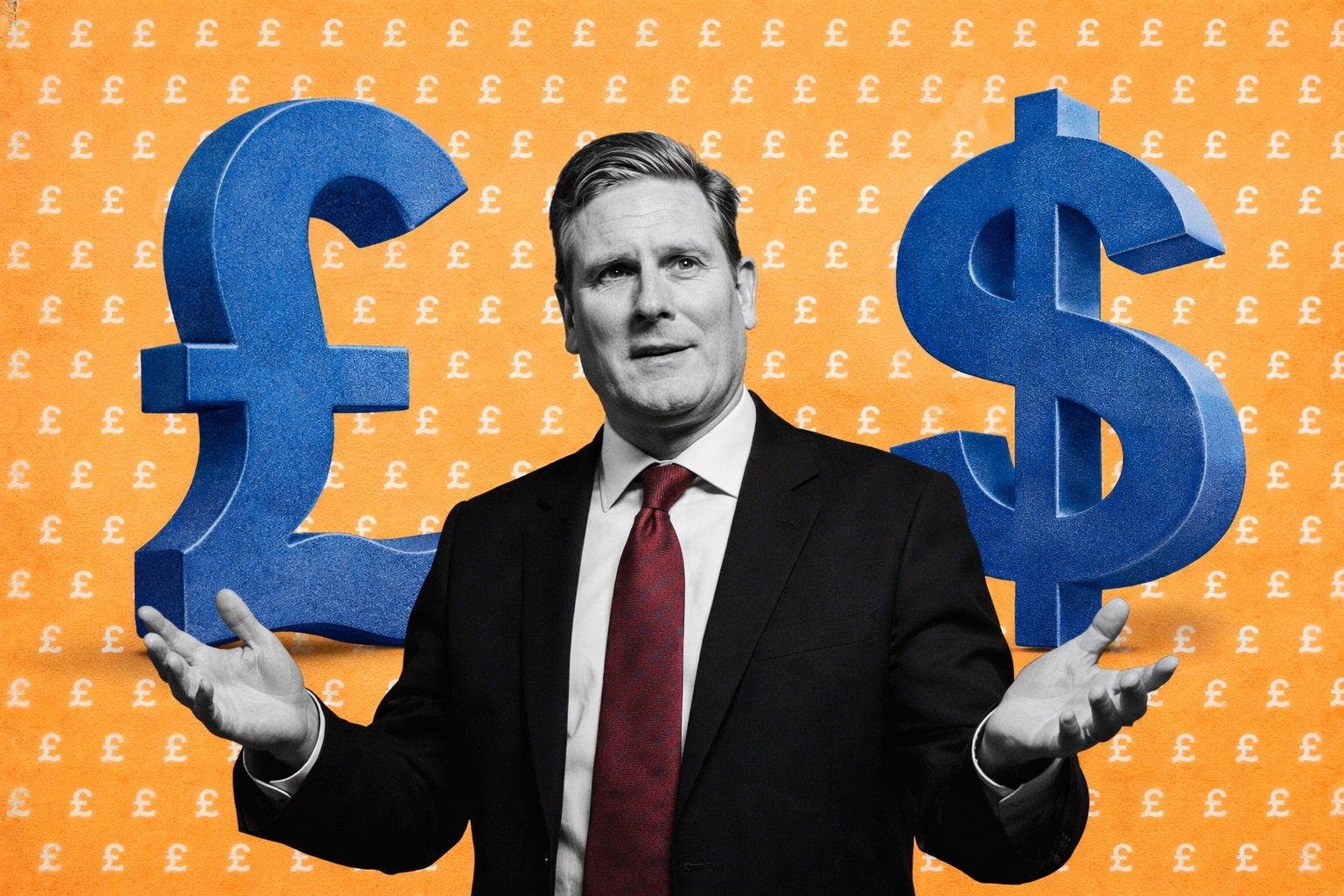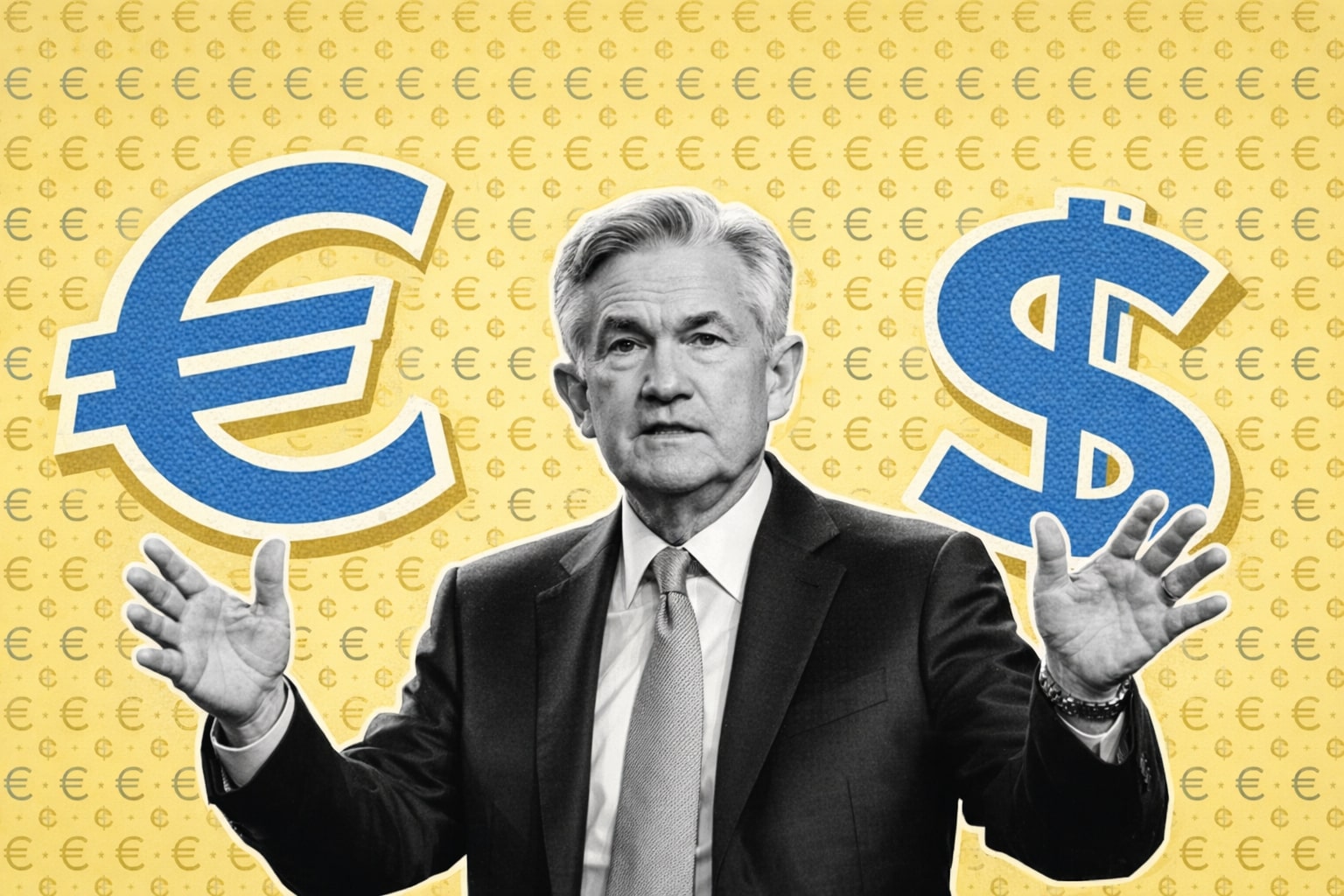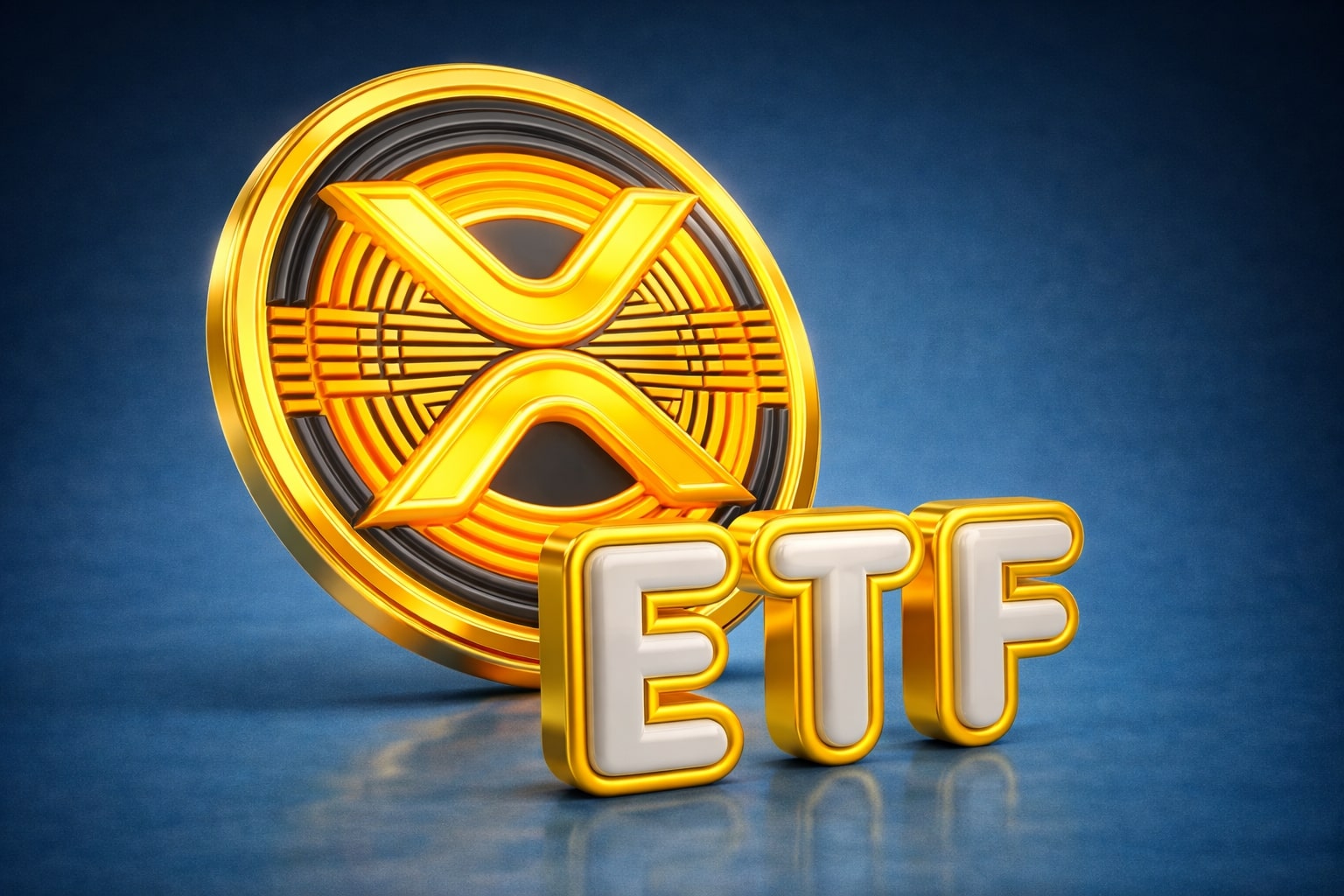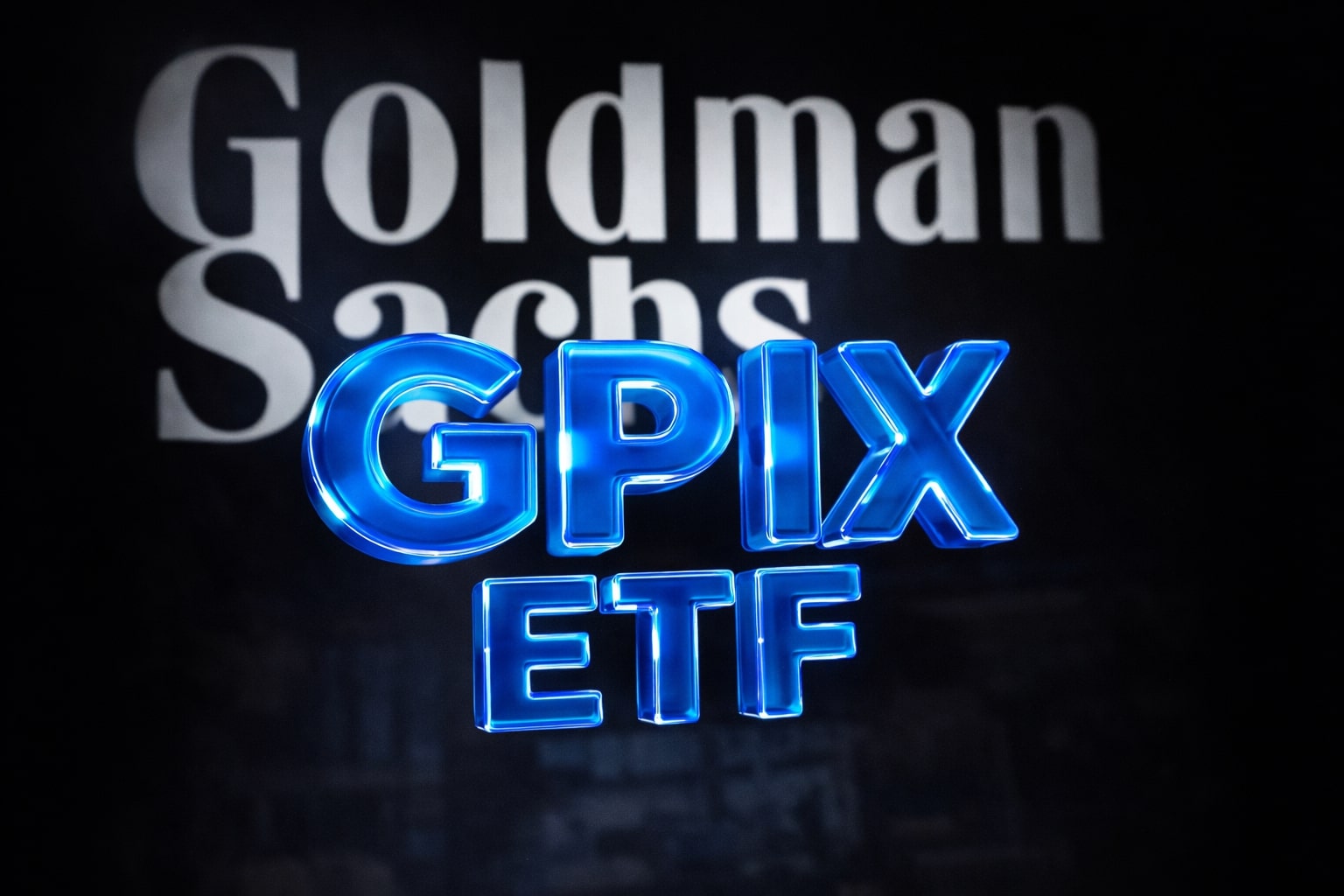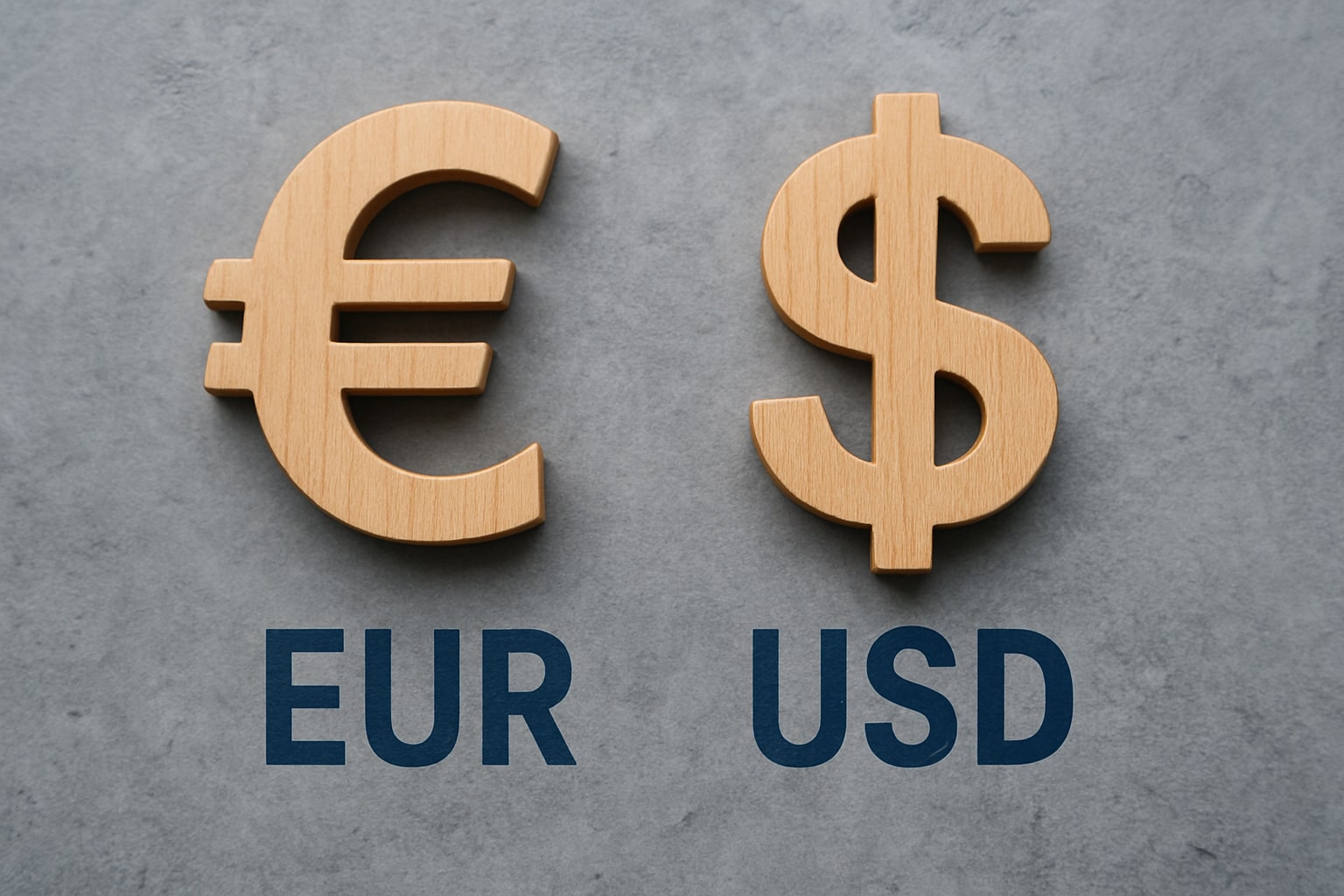
EUR/USD Price Holds 1.1820 After Fed’s 25bps Cut, Traders Eye 1.1730–1.1900 Range
Euro stalls below 1.1878 as Powell warns on inflation; U.S. jobless claims and Philly Fed index set to test dollar rebound while 1.1730 support anchors outlook | That's TradingNEWS
EUR/USD Struggles to Extend Gains After Fed’s 25bps Cut
The EUR/USD exchange rate is trading around 1.1820, unable to sustain momentum above the 1.1850 resistance after a sharp rally earlier in the week. The Federal Reserve delivered a widely expected 25 basis point rate cut, lowering its target range to 4.0%–4.25%, while its projections signal another 50bps of easing before year-end. The decision initially pushed the euro as high as 1.1878, its strongest since September 2021, but profit-taking and a rebound in the U.S. dollar capped the move.
Labor Market Data and Philly Fed Index Take Center Stage
Traders are shifting focus toward upcoming U.S. jobless claims and the Philadelphia Fed manufacturing survey, which could define the next directional move in EUR/USD. Jobless claims are expected at 240K, down from 263K the prior week, while continuing claims are projected to edge higher to 1.95 million. A stronger labor print would lend support to the dollar, while weak data could allow the euro to retest 1.1870–1.1900. The Philly Fed index, seen rebounding to 2.3 in September from -0.3 in August, could add further volatility to intraday trading.
Powell Balances Dovish Shift With Inflation Concerns
Fed Chair Jerome Powell described the rate reduction as a “risk management cut,” stressing that inflation risks remain elevated into 2026. While the dot plot median reflects two additional cuts in 2025 and another in 2026, dissent was evident. Newly appointed governor Stephen Miran favored a more aggressive 50bps cut, while hawkish members leaned toward keeping rates closer to 4.4% into year-end. This divergence explains why the dollar regained strength after Powell’s press conference, tempering EUR/USD’s advance.
Eurozone Inflation Eases While ECB Holds Firm
Data from Europe showed the HICP inflation index rising just 0.1% in August, with the annual pace cooling to 2.0%, below expectations. Core inflation held steady at 3.1% year-on-year, leaving the European Central Bank with little urgency to tighten further. ECB Vice President Luis de Guindos suggested policy remains “appropriate” and emphasized the need to tolerate small deviations from the inflation target. The euro briefly ticked higher during his comments, though gains proved short-lived.
Read More
-
GPIX ETF Climbs to $52.54 as 8% Yield Turns S&P 500 Volatility Into Income
02.01.2026 · TradingNEWS ArchiveStocks
-
XRP ETF Rally: XRPI $11.54, XRPR $16.35 And XRP-USD At $1.99 Aim For A $5–$8 Cycle
02.01.2026 · TradingNEWS ArchiveCrypto
-
Natural Gas Price Forecast: NG=F Tests $3.50–$3.60 Floor Before LNG Wave
02.01.2026 · TradingNEWS ArchiveCommodities
-
USD/JPY Price Forecast - USDJPY=X Holds Near 157 as BoJ Caution and Fed Cut Bets Drive the Move
02.01.2026 · TradingNEWS ArchiveForex
Technical Landscape: 1.1800 as Key Support, 1.1900 as Resistance
Price action shows EUR/USD consolidating within a well-defined channel. The pair has tested support at 1.1800 multiple times, with additional downside protection seen at 1.1755 and the 1.1730 trendline from late August. A sustained close below 1.1730 would shift sentiment bearish, opening the door toward 1.1700 and 1.1650. On the upside, the immediate barrier remains 1.1878, followed by 1.1935 based on Fibonacci retracements, before the critical 1.2000 psychological level. The 14-day RSI near 60 supports a cautiously bullish bias, while the MACD on the 4-hour chart is signaling a potential correction.
Dollar Index Correlation Keeps Pressure on the Euro
The U.S. Dollar Index (DXY) is hovering around 96.90, retreating from 97.25 resistance but still holding above 96.60 support. This range-bound behavior keeps the euro capped, as a dollar recovery above 97.70 would likely drag EUR/USD back toward 1.1750. Conversely, renewed dollar weakness could trigger another push toward 1.1900, though traders appear hesitant to break through without confirmation from U.S. data.
Macro Divergence Shapes Medium-Term Outlook
While the Fed’s easing cycle should, in theory, weaken the dollar, Powell’s cautious tone and lingering inflation risks are preventing a broad selloff. Meanwhile, the ECB is signaling patience despite softer growth forecasts, which keeps the yield spread dynamics in favor of the dollar short term. Traders remain positioned for volatility as September progresses, with markets already pricing up to 100bps in cuts by the Fed through 2026.
Buy, Sell, or Hold on EUR/USD?
At current levels near 1.1820, the risk-reward setup favors a Hold stance. The pair retains a medium-term bullish structure while above 1.1730, but repeated failures at 1.1870–1.1900 signal exhaustion. A confirmed close above 1.1900 would justify a bullish bias with targets at 1.1970–1.2000, while a breakdown below 1.1730 flips the picture to bearish, exposing 1.1650. Until one of these thresholds breaks, EUR/USD remains range-bound, with volatility tied to U.S. jobless data, inflation reports, and ECB commentary.















